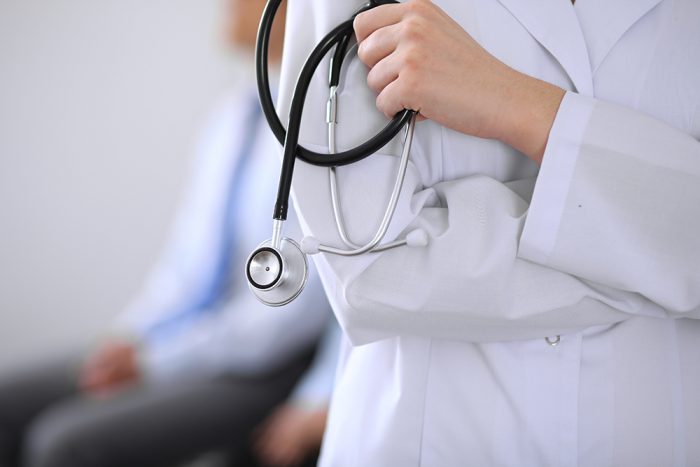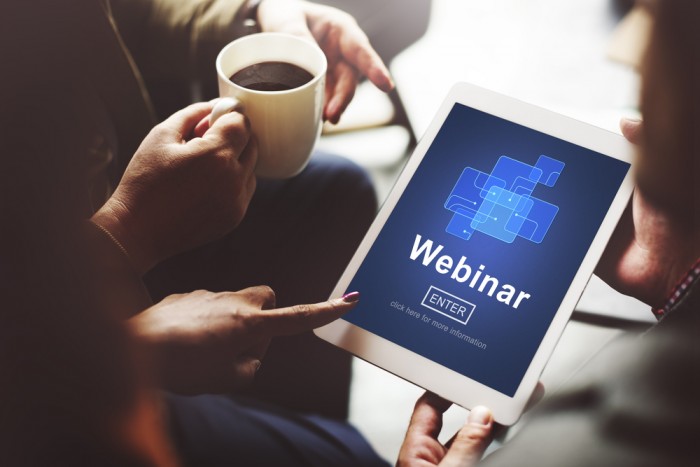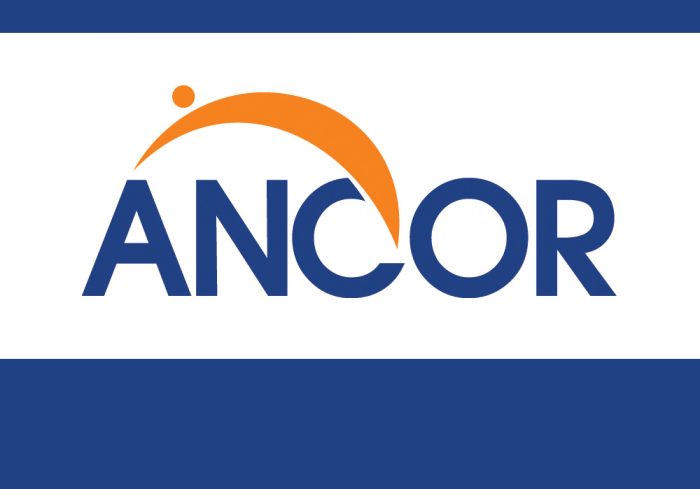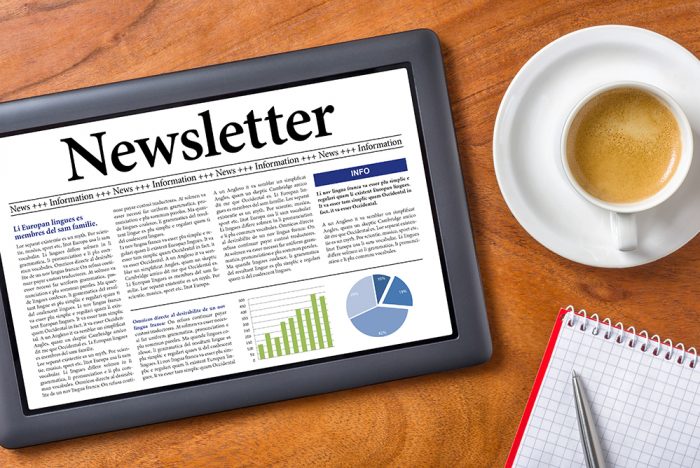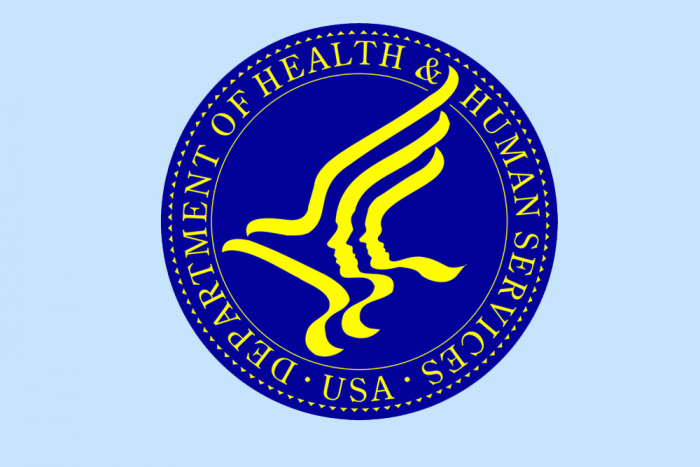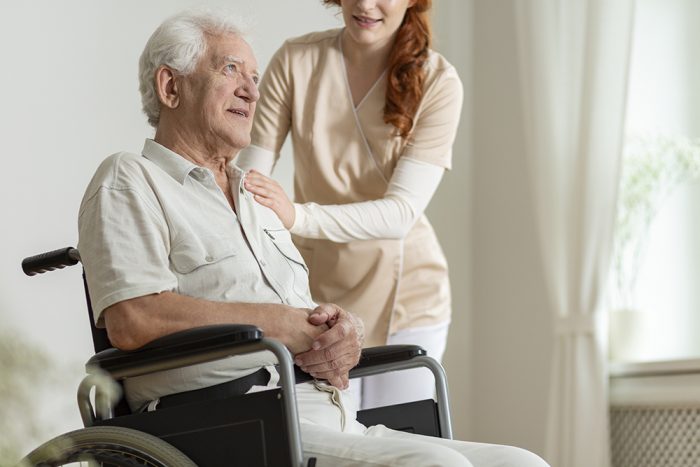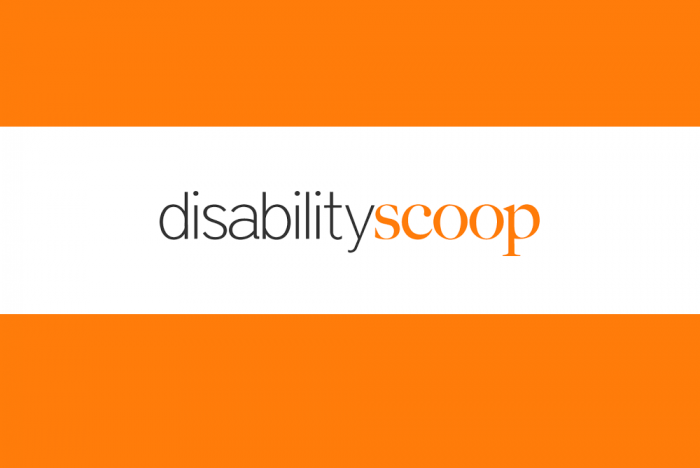HHS
Reminder: RCPA Webinar on Proposed Rule on Overtime Requirements for Salaried Workers — Nov. 6
RCPA Webinar on Proposed Rule on Overtime Requirements for Salaried Workers — Nov. 6
ANCOR Call for Advocacy Regarding the Proposed Overtime Rule
Inside Aging October 2023 Newsletter Now Available
U.S. Will Produce, Mail Out Free COVID-19 Tests Again

HHS Issues Historic Notice of Proposed Rulemaking on Section 504 of the Rehabilitation Act of 1973
Last week, the US Department of Health and Human Services (HHS) Secretary Xavier Becerra hosted a press conference to announce a rule proposed by the HHS Office for Civil Rights that would update Section 504 of the Rehabilitation Act of 1973. This is the first time these critical regulations will have been updated since they were originally signed in 1977, after four years of tireless advocacy and a 28-day protest led by disability civil rights leaders.
Updates to the rule include:
- Clarifications on the obligations to provide services in the most integrated setting appropriate to a person’s needs, consistent with the Supreme Court’s decision in Olmstead v. L.C;
- Medical treatment decisions are not based on biases or stereotypes about people with disabilities, judgments that an individual will be a burden on others, or beliefs that the life of an individual with a disability has less value than the life of a person without a disability;
- Adoption of standards for accessible diagnostic medical treatment;
- Adoption of the Web Content Accessibility Guidelines (WCAG) 2.1, Level AA, which are accessibility standards for websites and mobile applications;
- Clarification of requirements in HHS-funded child welfare programs and activities to help eliminate discriminatory barriers faced by children, parents, caregivers, foster parents, and prospective parents with disabilities; and
- Prohibition of the use of value-of-life assessments in treatment decisions.
Read the official announcement, full rule, fact sheet, and instructions on how to provide comments on the HHS website. If you have any questions, please contact Fady Sahhar.
OCYF Updates PA Family First Prevention Services Act Plan
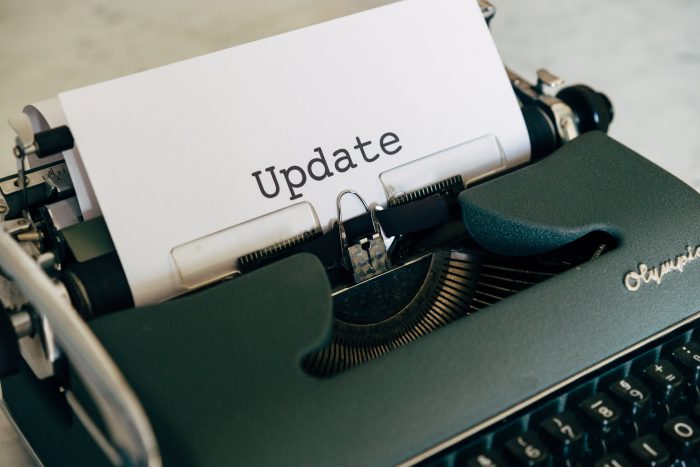
New Medicare Dementia Care Model Announced
The U.S. Department of Health and Human Services (HHS), through the Centers for Medicare and Medicaid Services (CMS), announced the new Guiding an Improved Dementia Experience (GUIDE) Model. The purpose and goal of this model is to improve the quality of life for people living with dementia, reduce strain on unpaid caregivers, and help people remain in their homes and communities through a package of care coordination and management, caregiver education and support, and respite services.
Through the GUIDE Model, CMS will test an alternative payment for participants who deliver key supportive services to people with dementia, including comprehensive, person-centered assessments and care plans, care coordination, and 24/7 access to a support line. Under the model, people with dementia and their caregivers will have access to a care navigator, who will help them access services and supports, including clinical services and non-clinical services such as meals and transportation through community-based organizations.
The GUIDE model supports President Biden’s Executive Order that directed HHS to develop a new health care payment and service delivery model focused on dementia care that would include family caregiver supports.
There is a web page that has been created specific to this care model that provides additional information, including a link to a webinar that will provide an overview of this care model scheduled for August 10, 2023:
- GUIDE Model Press Release
- GUIDE Model Fact Sheet (PDF)
- GUIDE Model Frequently Asked Questions
- GUIDE Model Letter of Interest
- Webinar: GUIDE Model Overview (August 10, 2023) — Registration Open
CMS will release the application for GUIDE, a voluntary, nationwide model, in the fall of 2023. Prior to the application release, interested organizations are encouraged to submit Letters of Intent to CMS by September 15, 2023. The model will run for eight years beginning July 1, 2024.
If you are interested in receiving additional information, updates or have questions about the GUIDE model, please send an email to the GUIDE Model team’s inbox.







